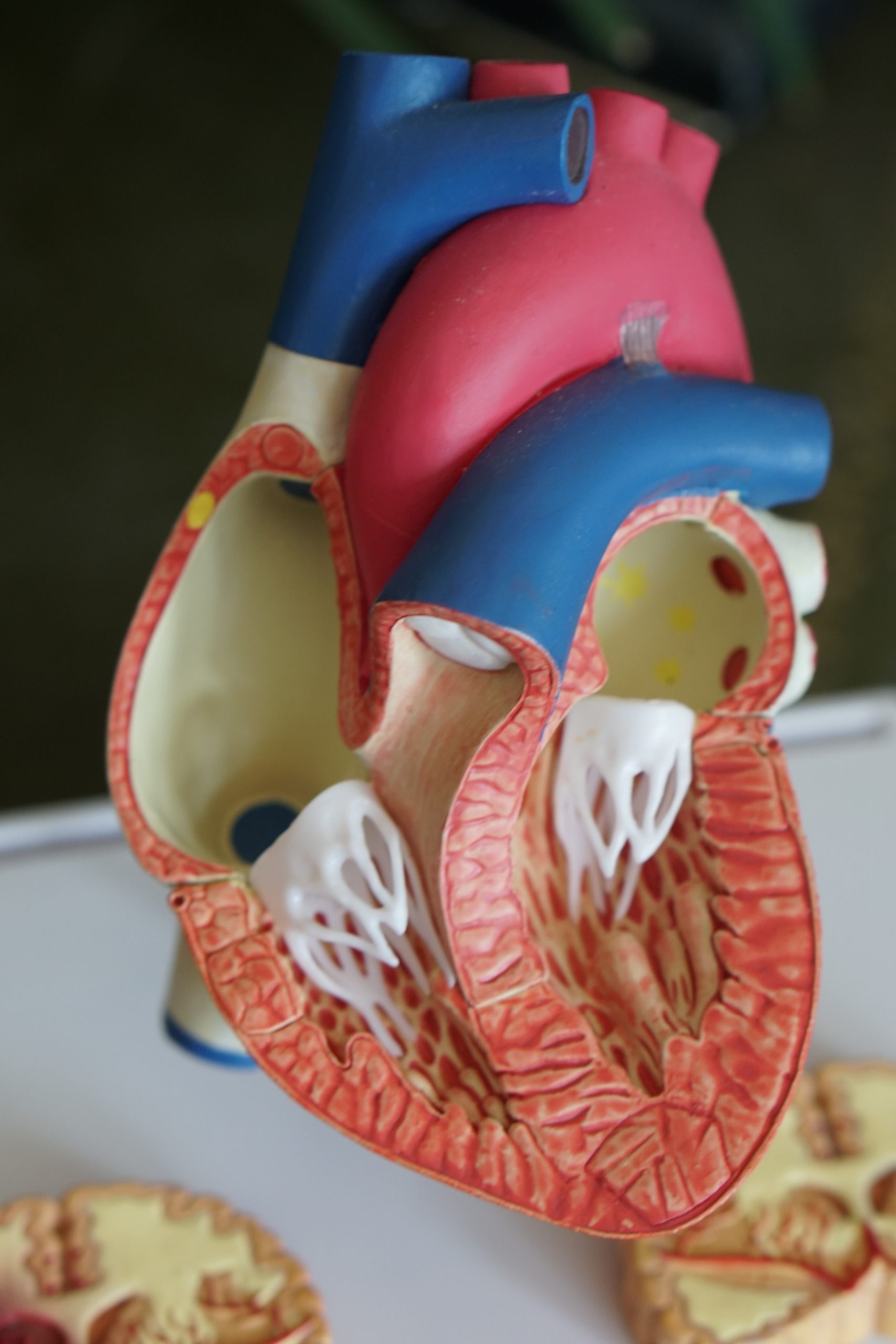Organ transplantation has long been hailed as a miraculous medical breakthrough, giving hope to those suffering from organ failure. However, behind the scenes, the organ transplant system in many countries is grappling with a significant challenge – extended wait times that leave patients in dire straits. As a journalist, I sought to investigate this critical issue and shed light on the struggles faced by patients and healthcare providers alike.
In recent years, the demand for organ transplants has risen exponentially, driven by factors such as aging populations, improved surgical techniques, and increased awareness about the importance of organ donation. However, the supply of organs has not kept pace with the demand, resulting in prolonged wait times for patients in need.
One of the key reasons behind the extended wait times is the shortage of available organs. Organs for transplantation typically come from deceased donors, and the number of organs available for transplantation is limited. This has led to long waiting lists, with patients often languishing for months or even years before a suitable organ becomes available. The scarcity of organs has particularly impacted vital organs such as the heart, liver, lungs, and kidneys, where the demand is highest.
Another factor contributing to extended wait times is the complex and time-consuming process of organ allocation. Organs must be carefully matched to recipients based on various factors such as blood type, tissue compatibility, and medical urgency. This process involves coordination among multiple stakeholders, including transplant centers, organ procurement organizations, and transportation logistics. Delays in this process can result in organs not reaching the intended recipients in a timely manner, further exacerbating the wait times.
The consequences of extended wait times for organ transplantation are dire. For patients suffering from end-stage organ failure, time is of the essence. Every day that passes without a transplant could mean the difference between life and death. Patients may experience deteriorating health, increased pain, reduced quality of life, and psychological distress as they wait anxiously for a suitable organ to become available. Families of patients may also face emotional and financial strain as they navigate the uncertainties of the prolonged waiting period.
Healthcare providers on the frontline of organ transplantation also bear the burden of managing the challenges posed by extended wait times. Transplant teams are tasked with coordinating complex logistics, managing patient expectations, and navigating ethical considerations in organ allocation. They may face difficult decisions about prioritizing patients based on available organs and medical urgency, which can be emotionally taxing. Moreover, healthcare providers may also face criticism and backlash from patients and families who are frustrated with the prolonged wait times, further adding to their challenges.
As I delved deeper into my investigation, I uncovered stories of patients and families who were grappling with the devastating impact of extended wait times. I spoke with John, a 55-year-old father of two who had been waiting for a heart transplant for over a year. His health was rapidly deteriorating, and he struggled to carry out daily activities. He described the emotional toll of living with the uncertainty of when a suitable heart would become available, and the toll it was taking on his family.
I also spoke with Dr. Maria, a transplant surgeon who shared the challenges faced by her team in managing the extended wait times. She described the delicate balance of allocating organs based on medical urgency while ensuring fairness and transparency in the process. She emphasized the need for increased awareness about organ donation and the importance of addressing the shortage of available organs.
In my research, I also found examples of innovative solutions that are being explored to address the issue of extended wait times. Some transplant centers are using advanced technologies such as machine learning algorithms to optimize organ allocation and reduce wait times. Others are exploring alternative strategies such as paired organ exchanges and living donor programs to increase the supply of organs.




